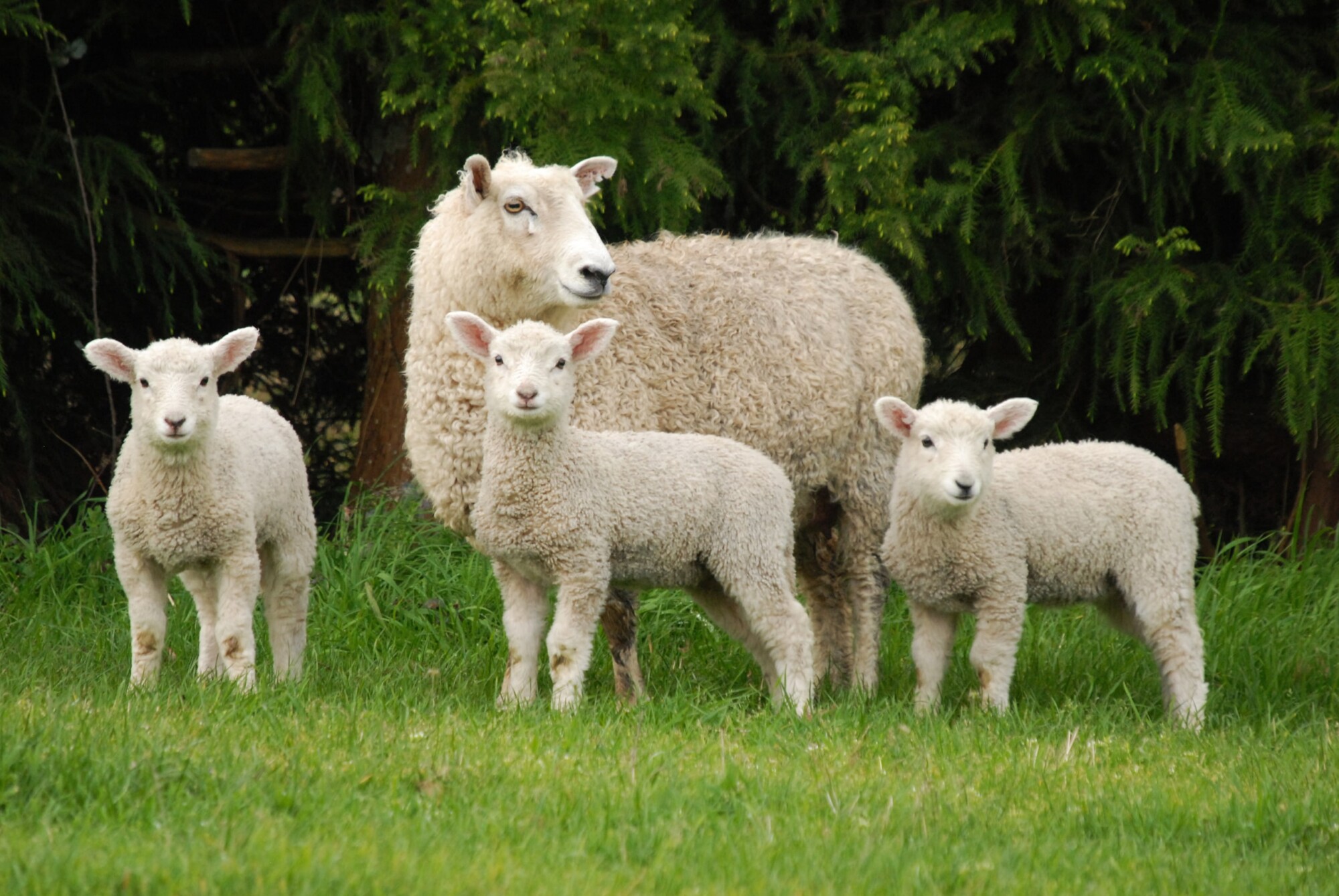How to prevent enzootic abortion in sheep
8th July 2023
Enzootic abortion (EAE) is responsible for considerable losses in the UK sheep industry. Yet, despite adequate vaccine availability and veterinary advice on disease prevention, the endemic disease is still present in many flocks, and many farmers only vaccinate after an outbreak.
How is enzootic abortion caused?
Enzootic abortion (EAE) is caused by the bacteria Chlamydia abortus and it can survive many days in the environment. Although the main risk of disease spread is between sheep, people may also play a role.
In 2009 the cost of an abortion was shown to be £85 per aborted ewe. For a flock of 100 ewes, losses could amount to over £5000 over a 4-year period. Vaccinating a flock of 100 ewes would cost approximately £300 for the first year, and approximately £75 to vaccinate replacements each year thereafter. The sums speak for themselves. Vaccination is a very cost-effective way of preventing potential losses due to EAE.
How to avoid enzootic abortion in your flock
As with good biosecurity measures for all infectious diseases, ideally farm visitors should not be allowed access to your flock and boot cleaning stations should always be provided for members of staff.
Consider providing clean separate overalls particularly for those working with different flocks.
Vaccination should be considered the cornerstone of EAE control and prevention, with the exception of those flocks maintaining accreditation free from EAE. In the first year of vaccination, all breeding females should be vaccinated, between 4 months and 4 weeks prior to tupping. In subsequent years, all bought in female replacements should be vaccinated in the same way. All home bred ewe lambs should also receive a vaccination from 5 months of age.
While the vaccine will reduce the excretion of Chlamydia abortus bacteria in infected animals and reduce the number of abortions, remember that it will not prevent all abortions in already infected ewes. Some abortions may occur the year following vaccination due to latent infection. The vaccine will however provide protection against EAE in non-infected ewes.
If you have a naïve flock, the ‘gold standard’ way to prevent the disease entering your flock is to buy ewes from disease-free accredited flocks.
If EAE is endemic on your farm, or you purchase ewes from unaccredited flocks, vaccination would be recommended.
Prevention is better than cure
Every abortion should be considered infectious until proven otherwise and precautions should be followed due to the potential zoonotic risk. Standard control measures of cleaning, disinfection, isolation and investigation should be followed. If you have an abortion rate of over 2% or have several abortions over a short period of time, you should undertake further investigations. Positive identification of disease through appropriate testing allows preventative strategies to be put in place to reduce further losses, and improve the overall performance of your flock.
Tips to prevent enzootic abortion in sheep
Strict biosecurity is also pivotal to prevention of infection from EAE in a flock. Such measures include:
- Maintain a closed flock or purchase from accredited flocks
- Restrict access to the flock and insist on clean, disinfected or indeed farm specific protective clothing being worn before anybody has contact with your flock
- Use of disinfectant foot dips
- Strict cleaning and disinfection policy for equipment and machinery
- Ensure secure boundaries to limit the risk of sheep breaking onto or off your land and mixing with other sheep
- Be aware of the risk wildlife may carry – limit access to sheep housing / feed areas to avoid potential contamination
What to do in the event of cases of abortion
- Investigate to identify the cause
- Destroy bedding and abortive materials and disinfect areas down well
- Contain carcasses securely
- Isolate aborted ewes
- Isolate ewes that give birth to dead or weak lambs
- Practice strict hygiene amongst staff and between groups of sheep
- Do not foster lambs (especially ewe lambs) on to ewes that have aborted
- If ewe lambs were fostered on to aborted ewes do not retain them for breeding

